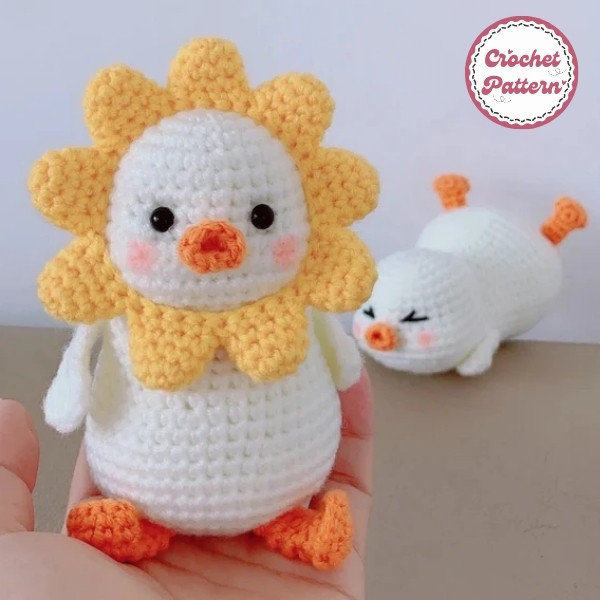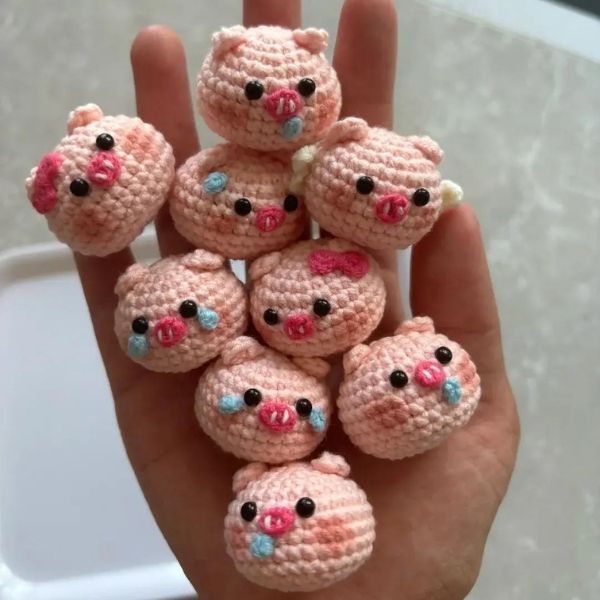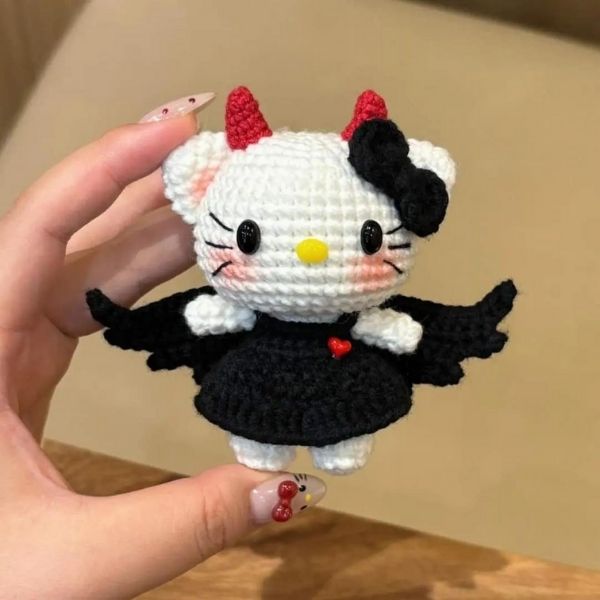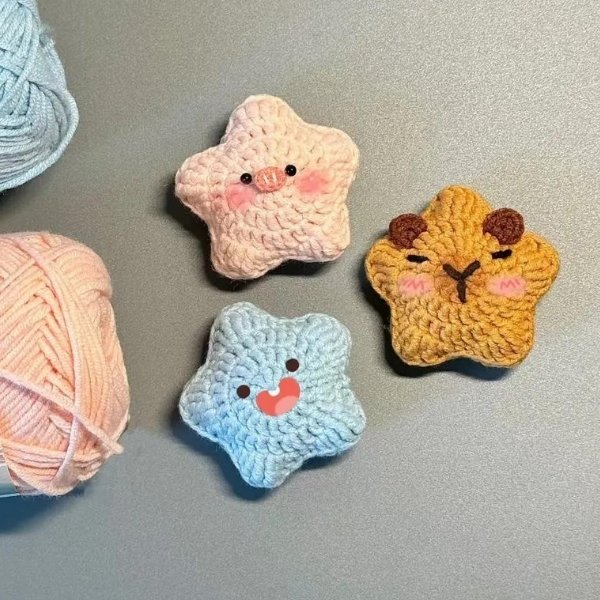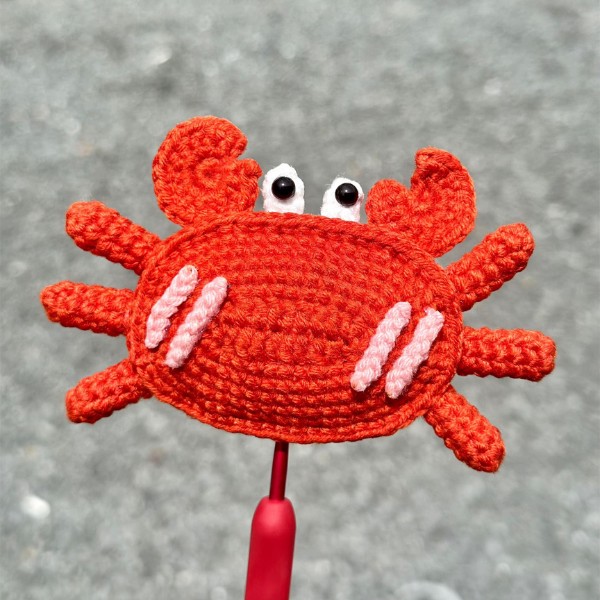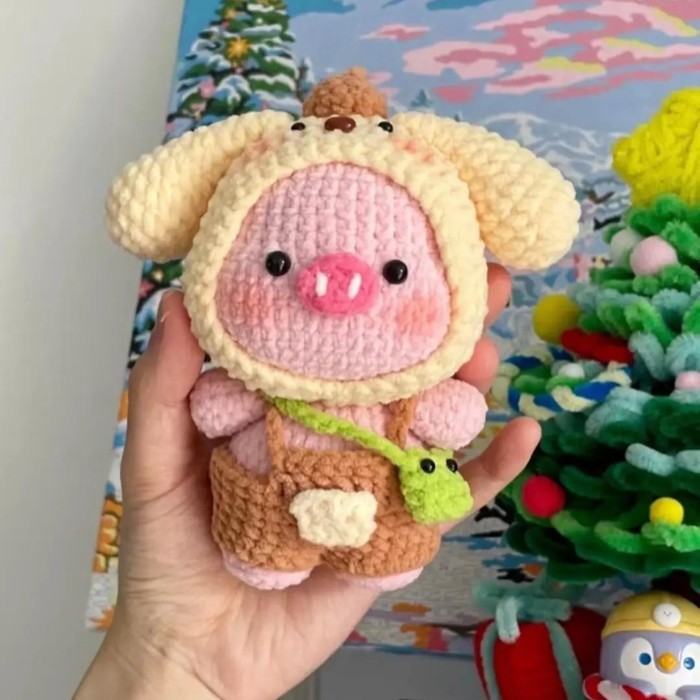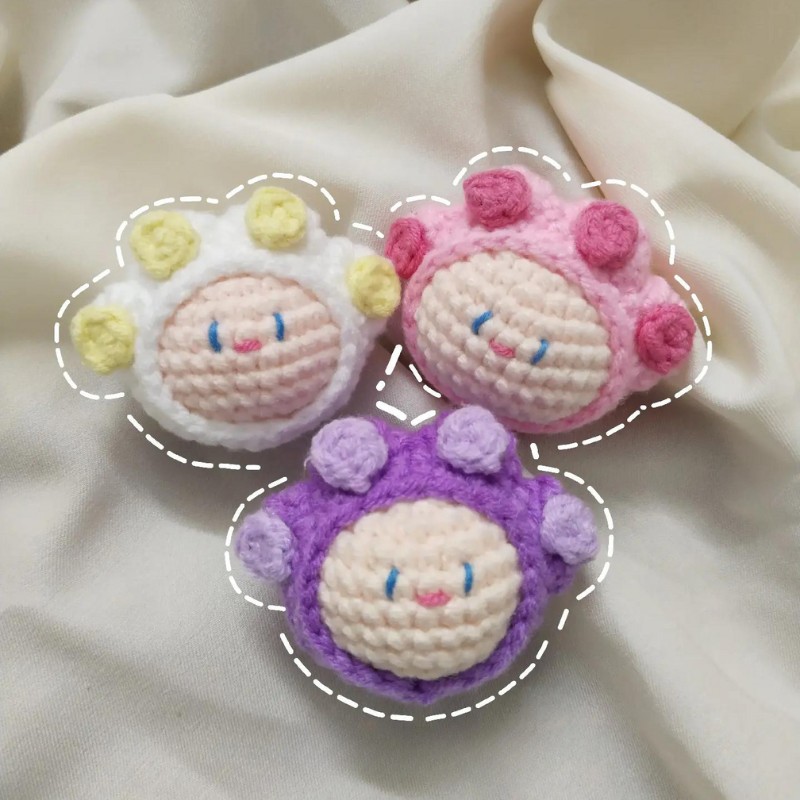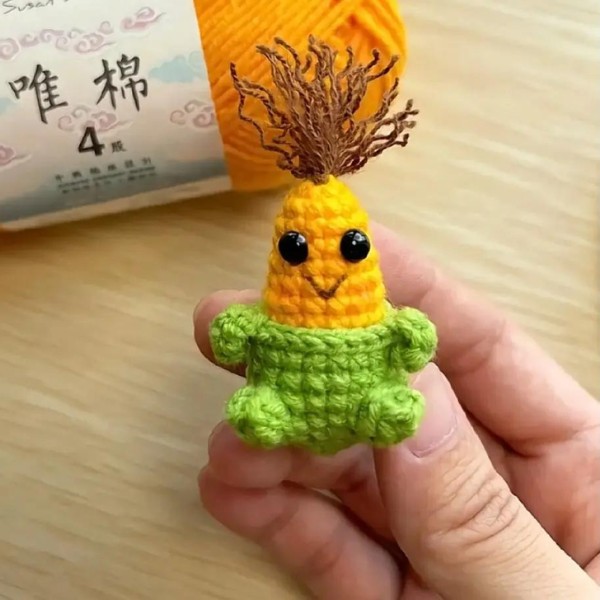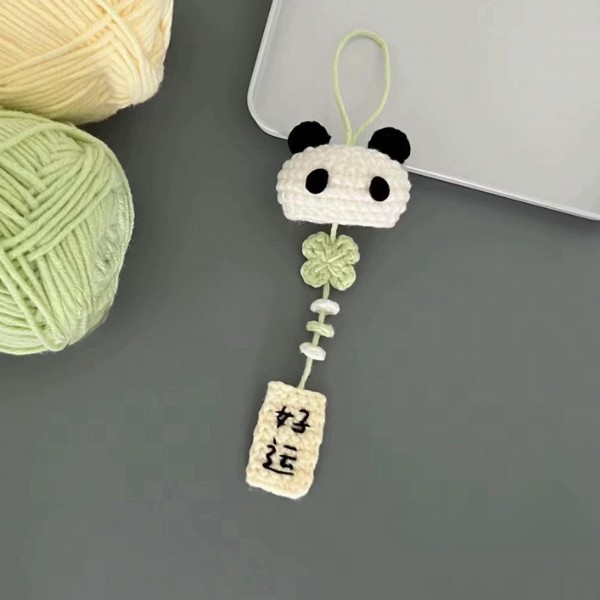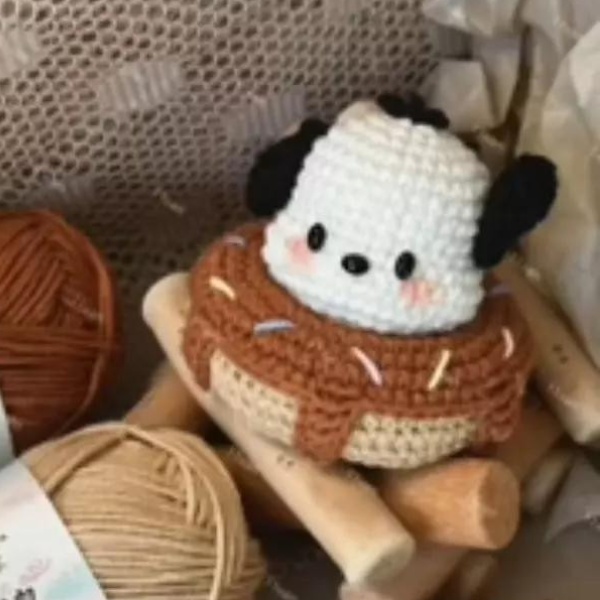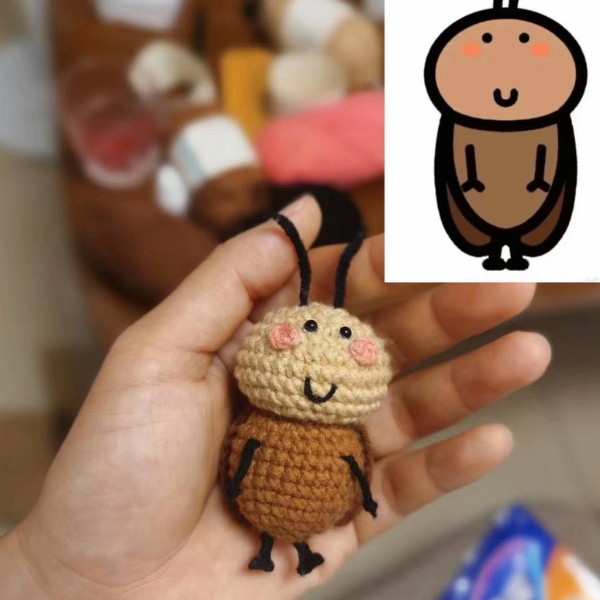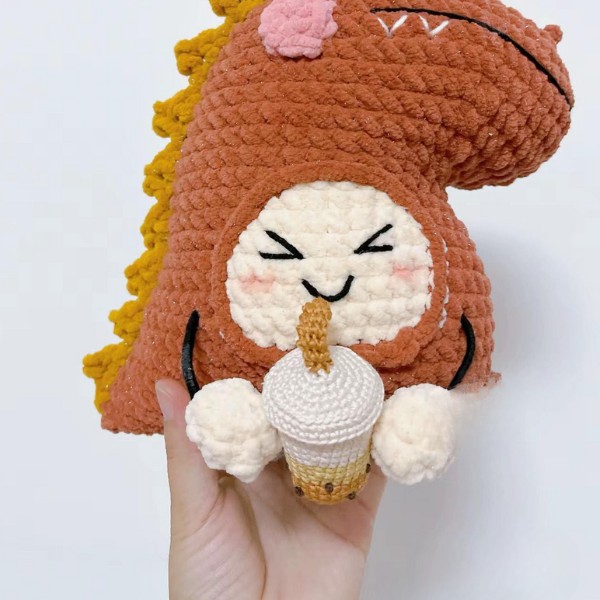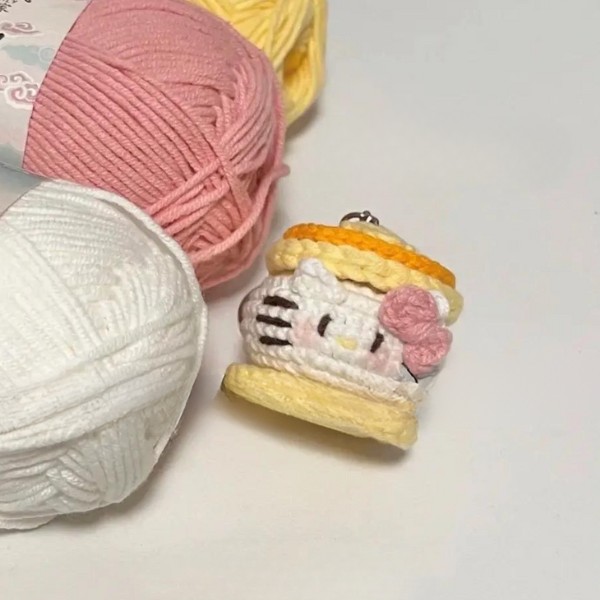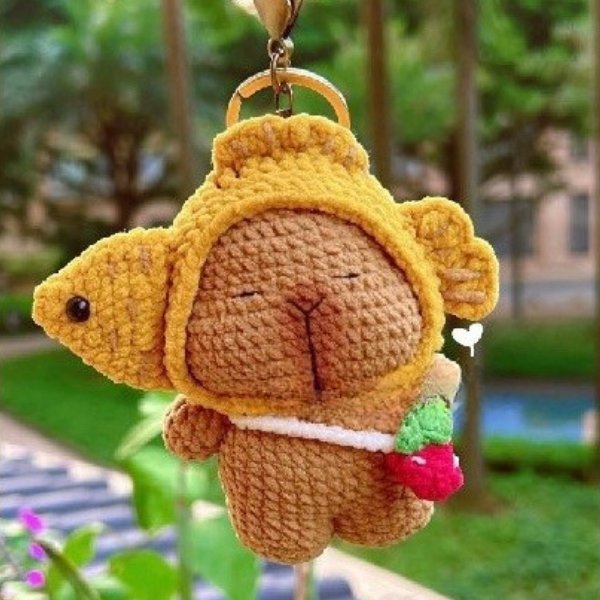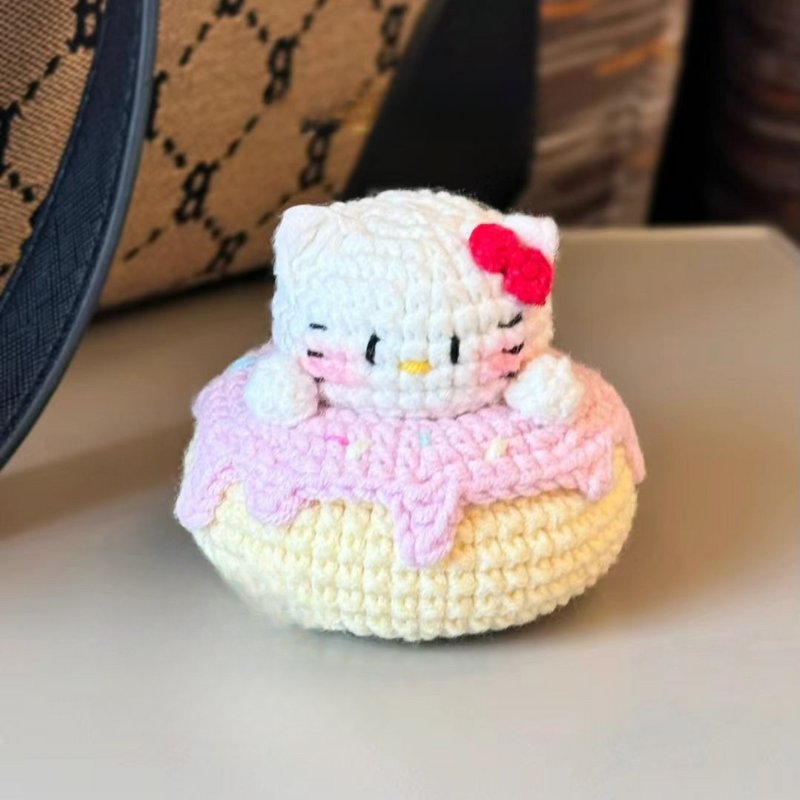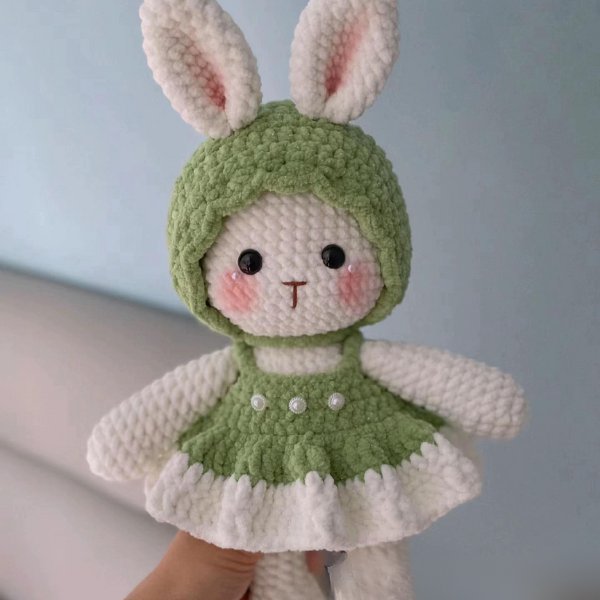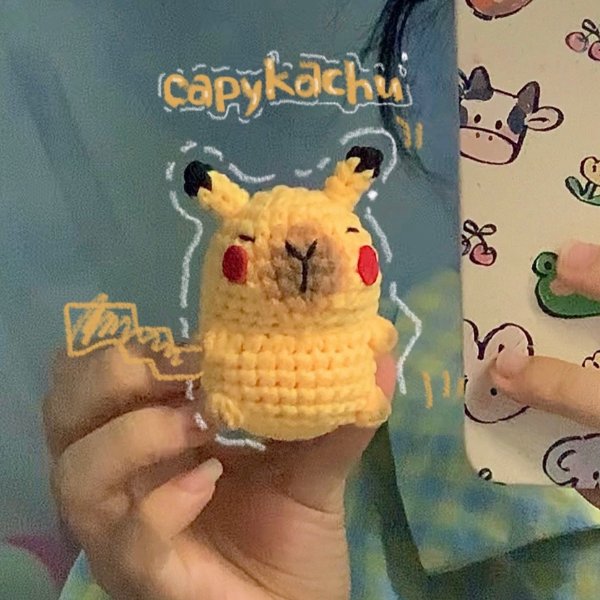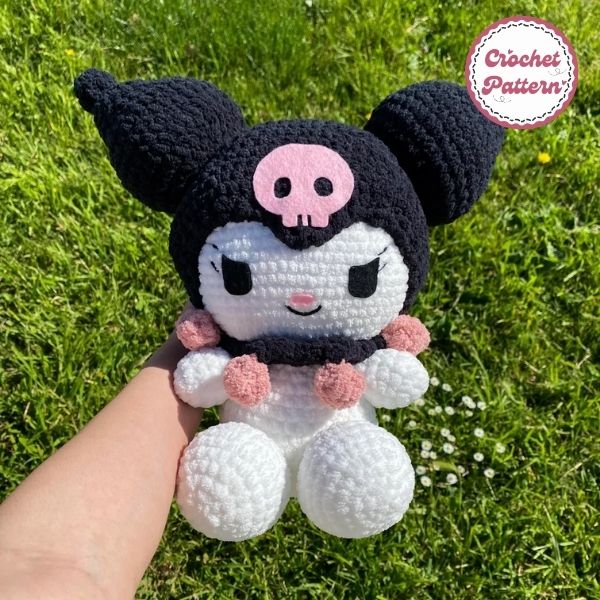

A crochet pattern is a blueprint or instruction guide that helps you create a specific crocheted item, like amigurumi (stuffed toys), clothing, blankets, and more. It typically includes written instructions, abbreviation explanations, and sometimes diagrams or charts to visualize the stitching process.
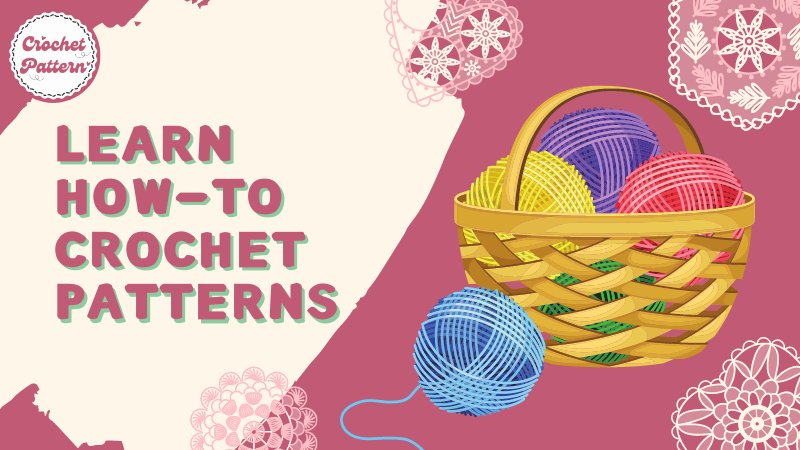
What is crochet pattern
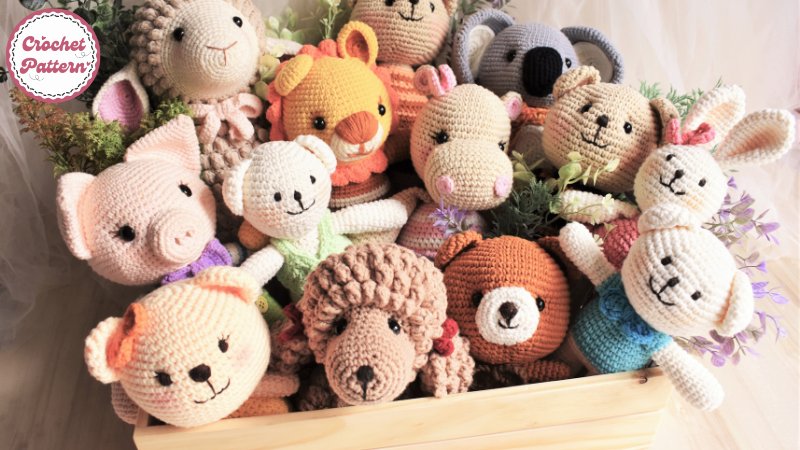
Crochet is a timeless craft that has brought joy and creativity to countless individuals worldwide. From simple stitches to intricate designs, crochet offers endless possibilities for artistic expression. In this article, we will dive deep into the world of crochet patterns, exploring their history, techniques, and how you can start creating your own beautiful pieces.
Here’s a breakdown of what a crochet pattern usually involves:
- Materials List: This tells you what kind of yarn, crochet hook size, and any other notions (tapestry needle, stuffing, etc.) you’ll need to complete the project.
- Skill Level: This indicates how difficult the pattern is, ranging from beginner-friendly to advanced.
- Stitches Used: The pattern will list all the crochet stitches required to make the project, along with instructions or references on how to perform them if you’re unfamiliar. Some common stitches you might see include single crochet (sc), double crochet (dc), increase (inc), decrease (dec), and slip stitch (sl st).
- Special Techniques: If the pattern involves any unique methods beyond basic stitches, it will explain them here. This could include things like creating colorwork, shaping techniques, or fringe.
- Instructions: This is the core of the pattern, guiding you through each step of the crocheting process. It’s written in a specific way to be concise and easy to follow.
- Diagrams or Charts: Some patterns, particularly for complex projects or those with intricate stitch patterns, include visual aids like diagrams or charts alongside the written instructions. These can help you visualize the stitch placement and overall structure.
By following a crochet pattern, you can create a wide variety of projects, from simple dishcloths to elaborate garments and toys. There are countless patterns available online and in books, catering to all skill levels and interests.
History of Crochet Patterns
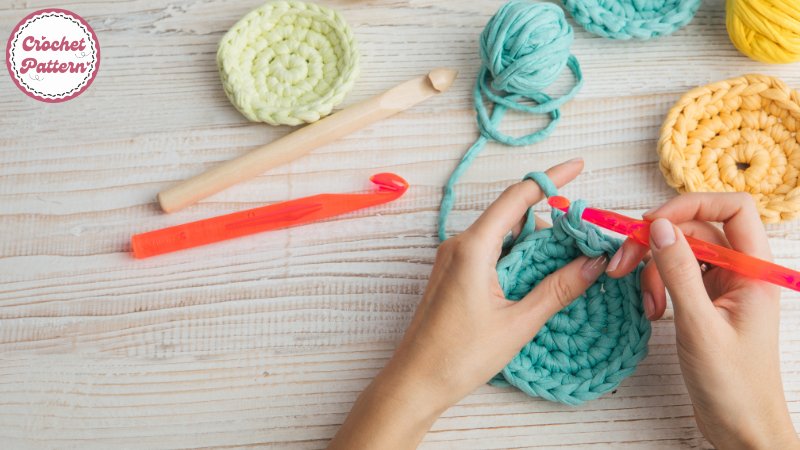
The history of crochet patterns is just as fascinating (and maybe a little mysterious) as the history of crochet itself! Here’s a breakdown of what we know:
Early Origins (Uncertain):
- The exact origin of crochet patterns remains unclear. Crochet itself likely emerged sometime in the early 1800s, though some theories suggest possible roots in much older practices from regions like Arabia, China, or South America.
- There’s a lack of documented evidence from these early periods, making it difficult to pinpoint where and when written patterns first appeared.
19th Century Boom:
- The 1800s mark a turning point for crochet patterns. Europe, particularly France and England, saw a surge in crochet’s popularity.
- This period coincides with the development of commercially produced crochet thread and hooks, making the craft more accessible.
- The first documented appearance of a printed crochet pattern is believed to be from 1824, featuring purses made with gold and silver threads.
Rise of Crochet Publications:
- The 19th century saw a rise in crochet publications like magazines and books. These publications contained various patterns, often translated from one language to another, catering to a wider audience.
- A prominent figure in this era was Mlle. Riego de la Branchardiere. Often referred to as the “mother of crochet,” she published numerous crochet books, including adaptations of traditional lace designs into crochet patterns.
Evolution and Modern Patterns:
- Crochet patterns have continued to evolve alongside the craft itself. Technological advancements like photography and better printing techniques allowed for clearer visuals and more comprehensive instructions in patterns.
- Today, crochet patterns are readily available online and in print. There’s a vast library of patterns catering to all skill levels and project types.
- The internet has fostered a vibrant crochet community where designers share patterns, tutorials, and inspiration.
Key Points to Remember:
- The exact origin of crochet patterns is shrouded in mystery.
- The 19th century saw a boom in crochet patterns due to increased accessibility and publications.
- Pioneering figures like Mlle. Riego de la Branchardiere played a significant role in pattern development.
- Crochet patterns have continuously evolved alongside the craft, with technology playing a role in their presentation and accessibility.
Types of Crochet Patterns
- Beginner Patterns: These patterns are simple and straightforward, perfect for those new to crochet. They often involve basic stitches and small projects like dishcloths or scarves.
- Intermediate Patterns: Intermediate patterns introduce more complex stitches and techniques. Projects might include items like hats, mittens, or simple garments.
- Advanced Patterns: For experienced crocheters, advanced patterns offer a challenging and rewarding experience. These might include intricate lace, large blankets, or detailed amigurumi.
How to create crochet patterns
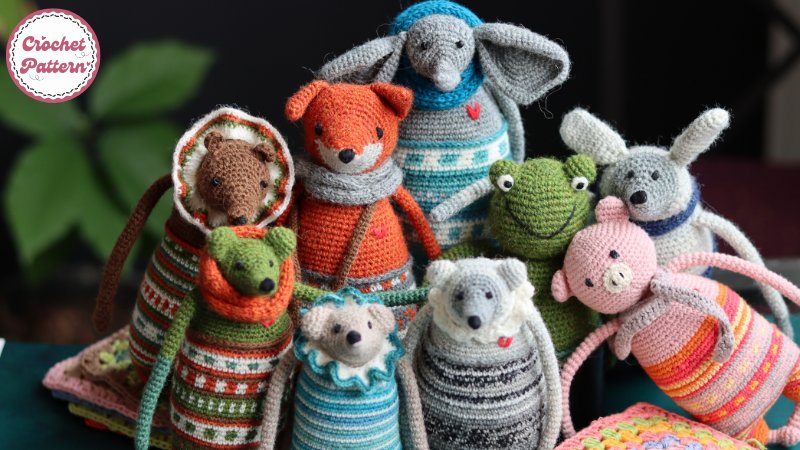
Creating your own crochet pattern takes creativity and a bit of planning. Here’s a general guide to get you started:
Inspiration and Design:
- Find Inspiration: Inspiration can strike anywhere! Browse existing patterns, look at cute objects or clothing designs, or even draw an idea from scratch. Consider what kind of project you want to create – amigurumi, a hat, a bag, etc.
- Sketch and Plan: Sketch out your design or brainstorm ideas. This helps visualize the overall shape and any specific details you want to incorporate. If it’s a garment, research garment measurements to incorporate into your plan.
Construction and Testing:
- Build with Basic Shapes: Break down your design into simpler shapes built with crochet techniques you know. Amigurumi are often made from spheres, ovals, and cylinders. Garments involve rectangles, squares, and triangles.
- Experiment and Swatch: Crochet a swatch using your chosen yarn and hook size to determine your gauge (stitches per inch). This helps estimate the final size of your project. As you crochet your design, make a test piece to see how the shapes come together and adjust as needed.
- Note Taking is Key: Throughout the process, meticulously record your steps! Write down every stitch, increase, decrease, and round or row change. Include notes on color changes, special techniques, and any modifications you make during testing.
Writing the Pattern:
- Organize Your Notes: Once your design is finalized, organize your notes into a clear and concise format. Separate instructions for different sections of the project (e.g., body, sleeves, ears for amigurumi).
- Standard Pattern Format: Research standard crochet pattern formats to ensure your instructions are easy to follow for others. Include elements like: Materials List, Skill Level, Gauge Information, Stitches Used with Abbreviations, Special Techniques Explained, Clear Instructions, Diagrams or Charts.
- Test Your Pattern: Ask a fellow crocheter to test your pattern and provide feedback. This helps identify any confusing parts or errors in your instructions.
Remember, creating crochet patterns takes practice. Don’t be discouraged if your first attempt isn’t perfect. Start with simpler designs and gradually build your skills and confidence as a crochet pattern designer!

